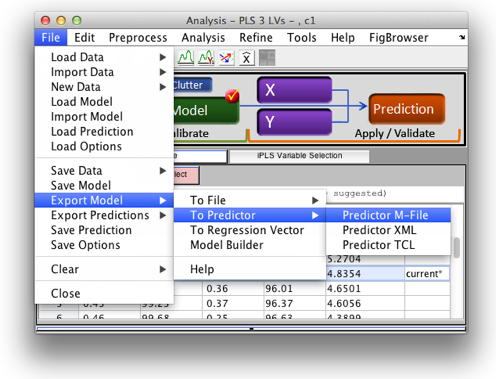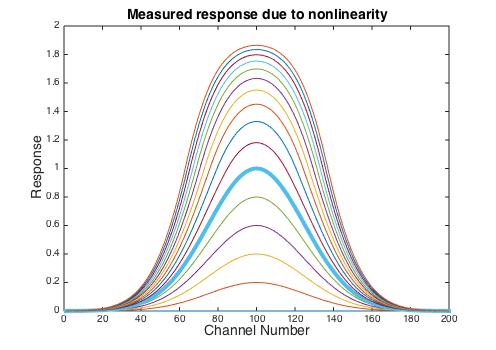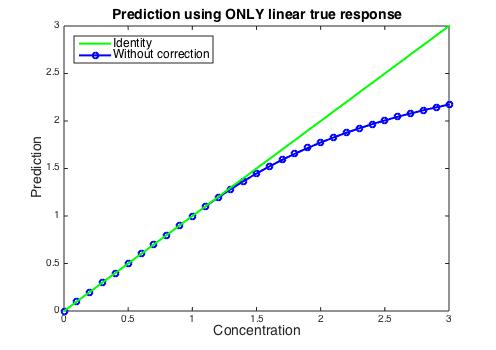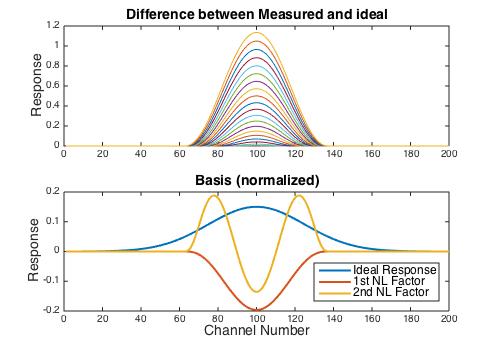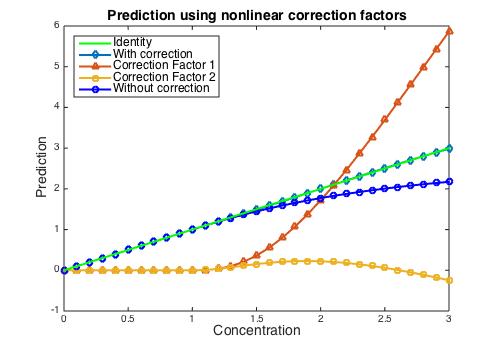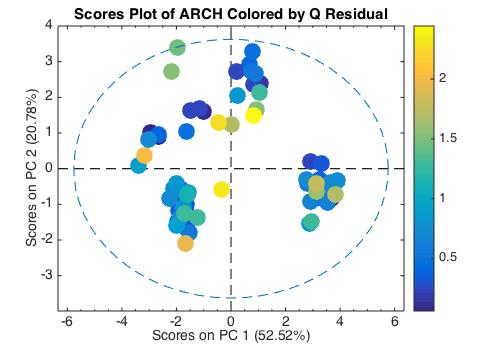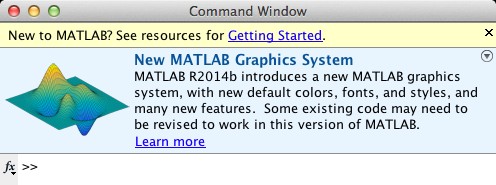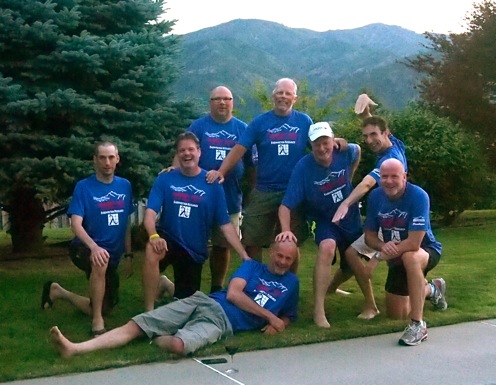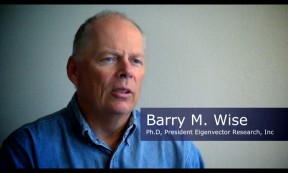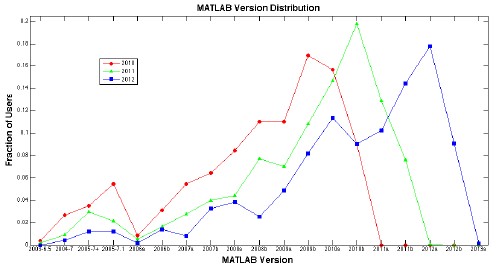Eigenvector Research, Inc. (aka EVRI) passed a significant milestone when we turned 20 years old on January 1, 2015. The event passed without a lot of fanfare around here. Frankly we were just all a little bit too busy to do much beyond offering a few internal congratulations!
Eigenvector was founded on January 1, 1995 when Neal Gallagher and I used our credit cards to buy computers and office furniture. Neal was living with us in West Richland, WA, and that became our first offices. Our original plan was that we would be primarily a consulting company and also continue to develop our MATLAB-based PLS_Toolbox. Our first two consulting projects were for Pacific Northwest National Laboratory (PNNL) where we had both been employed. The first involved development of models based on FTIR spectroscopy to estimate the organic gas content and ozone forming potential of automobile exhaust. The second was analysis of the behavior of waste tank SY-101, Hanford’s notorious “burping” tank.
We soon discovered that there was a significant demand for chemometrics courses. The field was relatively new and lots of companies wanted to take advantage of the possibilities that multivariate analysis opened up. I had taught a chemometrics course at the Joint Center for Graduate Study, (now Washington State University Tri-Cities), and was happy to take it on the road. Thus we became the three-legged stool that we are today, providing chemometric software, consulting and training.
In 2001 we made the first addition to our technical staff with Jeremy M. Shaver, now our Chief of Technology Development. This was possibly the best decision we’ve ever made. Under Jeremy’s stewardship PLS_Toolbox has developed into the user-friendly and comprehensive package that it is today. Plus we’ve added our stand-alone Solo, tools for Multivariate Image Analysis, and on-line predictor packages Solo_Predictor and Model_Exporter.
Our software sales have grown continuously for more than a decade and now comprise the largest third of our business. We now have 2500+ users in more than 1000 companies and universities across 50+ countries.
We joke sometimes that we founded EVRI because life is too short to drink bad beer, do boring work or live in a crappy place. But there’s an element of truth in that. We’ve gotten to work on some fascinating projects over the last 20 years. Some frustrating ones as well, but on average pretty interesting stuff. We’d like to think we’ve done some good in that we’ve trained a lot of chemometricians, provided tools that make their work easier, and advanced projects that have made processes more efficient and benefited consumers and patients.
We look forward to continued growth and more stimulating projects over the next 20 years!
BMW

 SEARCH
SEARCH